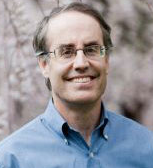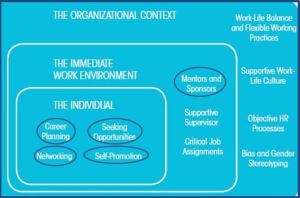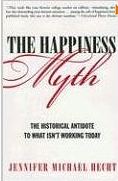Anxious negotiators make lower first offers, end negotiations earlier, and earn lower profits than calmer negotiation counterparts.
Harvard’s Alison Wood Brooks and Maurice E. Schweitzer of University of Pennsylvania found that these negotiations patterns occurred due to participants’ “low self-efficacy” beliefs.
Brooks and Schweitzer induced anxious feelings or neutral reactions during “shrinking-pie” negotiation tasks.
Negotiators who reported feeling anxious expected to achieve lower profits, presented more cautious offers, and responded cautiously to proposals by negotiation counterparts.
Negotiators who achieved better outcomes managed their emotions with strategies including:
- Strategic optimism, by calmly expecting positive outcomes, according to University of Miami’s Stacie Spencer and Julie Norem of Wellesley,
- Reattribution, by considering alternate interpretations of events.
Approaches with mixed results include:
-
“Self-handicapping”, defined as creating obstacles to explain poor outcomes and preserve self-esteem, according to University of Rochester’s Andrew Elliott and Marcy Church of St. Mary’s University,
- Defensive pessimism, marked by high motivation toward achievement coupled with negative expectations for future challenges, leading to increased effort and preparation, according to Wellesley College’s Julie Norem and Edward Chang of University of Michigan.
Norem and Cantor concluded that defensive pessimists performed worse when told that that they could expect to perform well on anagram and puzzle tasks.
Defensive pessimism among university students was related to lower self-esteem, higher self-criticism, more pessimism, and frequent discounting of previous successful performances, according to Norem and Brown’s Jasmina Burdzovic Andreas.
However, they also found that self-esteem increased to almost the same levels as optimists during university years.
Pessimists’ precautionary countermeasures may have resulted in strong performance, which built credible self-esteem.
Defensive pessimism may be an effective approach to managing anxiety and performance motivation.
-*How do you manage anxiety in high-stakes negotiations?
RELATED POSTS:
- How Effective are Strategic Threats, Anger, and Unpredictability in Negotiations?
- Power Tactics for Better Negotiation
- Do You Accept Bad Deals?
- Ask for What You Want: You Have More Influence Than You Think
- Women Balance on the Negotiation Tightrope to Avoid Backlash
- Negotiation Style Differences: Women Don’t Ask for Raises or Promotions as Often as Men
- Women’s Career Development Model – Individual Action in Negotiation, Networking-Mentoring-Sponsorship, Skillful Self-Promotion – Part 2 of 2
- “Feminine Charm” as Negotiation Tactic
- Emotional Awareness Enables Focus, Risk-taking Even When “Stressed”
- Unrealistic Optimism Drives Profitability
- Useful Fiction: Optimism Bias of Positive Illusions
- Reframing Non-Comparable Choices to Make Them Simpler, More Satisfying
- Creating Productive Thought Patterns
©Kathryn Welds


























































